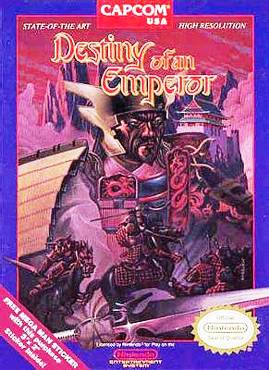There's nothing like a good trip abroad to stimulate the senses into a descent towards wonder and perhaps some much needed inspiration. Strolling through the Suzhou Museum, China I began to reflect the organic and abstract approaches a notable architect will make before diving into a design. In this case it was the Chinese American architect - Ieoh Ming Pei (of the glass-and-steel pyramid fame for the Louvre museum in Paris) who drew inspiration at an early age from the gardens at Suzhou. While reading about all the nuances he factored into shaping the museum, I dwelled into level design practices. In my experience level design has usually been about a set of procedures, often times pumping out maps like an assembly line - excluding the organic aspects an architect or even a character artist/animator would factor into the equation. We're often so preoccupied about spaces being shaped according to the rules, content, and mechanics of game which of course are certainly fundamental priorities - but would it hurt taking a side methodical step towards ownership while brainstorming a problem? Perhaps the most interesting aspect of architecture is its capacity to dream, to imagine options that have never existed before. The use of the word "option" as applied here is an alternative to the word "solution" which typically implies the end result. As designers and developers we should gather empirical observations that offer playful, tentative-meaningful answers, instead of cold, hard end results. Just as a character artist dives deep into the psychology of a character, a level builder can also embody the essence of a space, in hopes of extracting new user experiences.
 |
| Suzhou Garden |
Levels Are Actors Too!
Aesthetically speaking, game characters have certainly come a long way. In fact, it's the realistic normal mapping ones that often catch a non gamer's immediate impression. Though, setting is equally a key role player to lead characters. The Himalayas are to Nathan Drake as Mt. Olympus is to Kratos as the underwater utopia of Rapture is to Jack. Levels are often the place-setting for mood or tone and come to life through flow, npc population, set pieces, and interactive objects that all aid in dictating the pacing. In turn, spaces are very capable of leaving lasting impressions based on difficulty as well interesting encounters; it can imply a malign presence at work without having any direct dialogue. For me personally, reaching lo-res pixilated points of interest were always a motivating factor and fulfilled quite a sense of accomplishment even back to the old 8 bit Nintendo days. As the tools and tech have advanced so have dynamic methods for staging levels and events which is one many great advantages that interactive games have over the constraints of reality.
 |
| The Weather Project - The Tate Museum |
To illustrate the point further below are a few existing examples that in some way are exploring interesting mechanisms to enhance game aesthetics.
Flower - To accentuate the sense of flight through the landscape, Flower uses a suggestive fish-eye lens effect.
Limbo - The use of grayscale in a 2d plane gives a hidden layer of dimension that helps contrast various aspects of environmental puzzle solving.
Heavy Rain - The concept of the Added Reality Interface invites the segment to be it's own standalone gameplay component.
Prey - Had one of the earliest forms of the 3d portal concept and also had an instance that required players to rotate an entire room several times, by firing projectiles at a gravity switch in order to solve a physics based puzzle.
Ninja Gaiden Black - One small moment near the end creates a pseudo optical illusion as Ryu crosses a giant rib cage bridge that flips the critical path along with the background.
Who Cares?
As the game landscape has shifted toward a William Gibson version of the Wild West, the urgency to give players meaningful "options" is greater than ever. There is no better place to start than with the levels, exteriors and interiors we shape which hold some of the greatest potential for giving players interesting decision making obstacles and new user experiences. Factoring the architectural abstract and philosophical methodologies of your levels can provide aid in stimulating the creative process and perhaps can add input to the aesthetic polishing phase. Levels and environments have a tremendous amount of game mechanic potential. On that same note, it can certainly be a taunting task of convincing studio bureaucracy of what might be considered too unorthodox, experimental, or risky. Therefore, it is equally important on the developers part to harness the tools and introduce the proper vernacular to support your views. Earning trust is crucial since design typically is an iterative process which does not yield flawless first pass executions. But for all you indie developers out there, the momentum is at your finger tips especially in the smart phone, tablet, and digital content spaces.
Put Your Money Where Your Mouth Is!
For the next installment of this essay I'll be compiling an actual example of putting these thoughts into practice. But to make this exercise a bit more amusing, it would also be ideal to gather input from you, the reader. Sharing some of your aesthetically unique gaming moments or observations in architecture, installations, film etc... The point is to stimulate conversation as means of exploring "options".


















